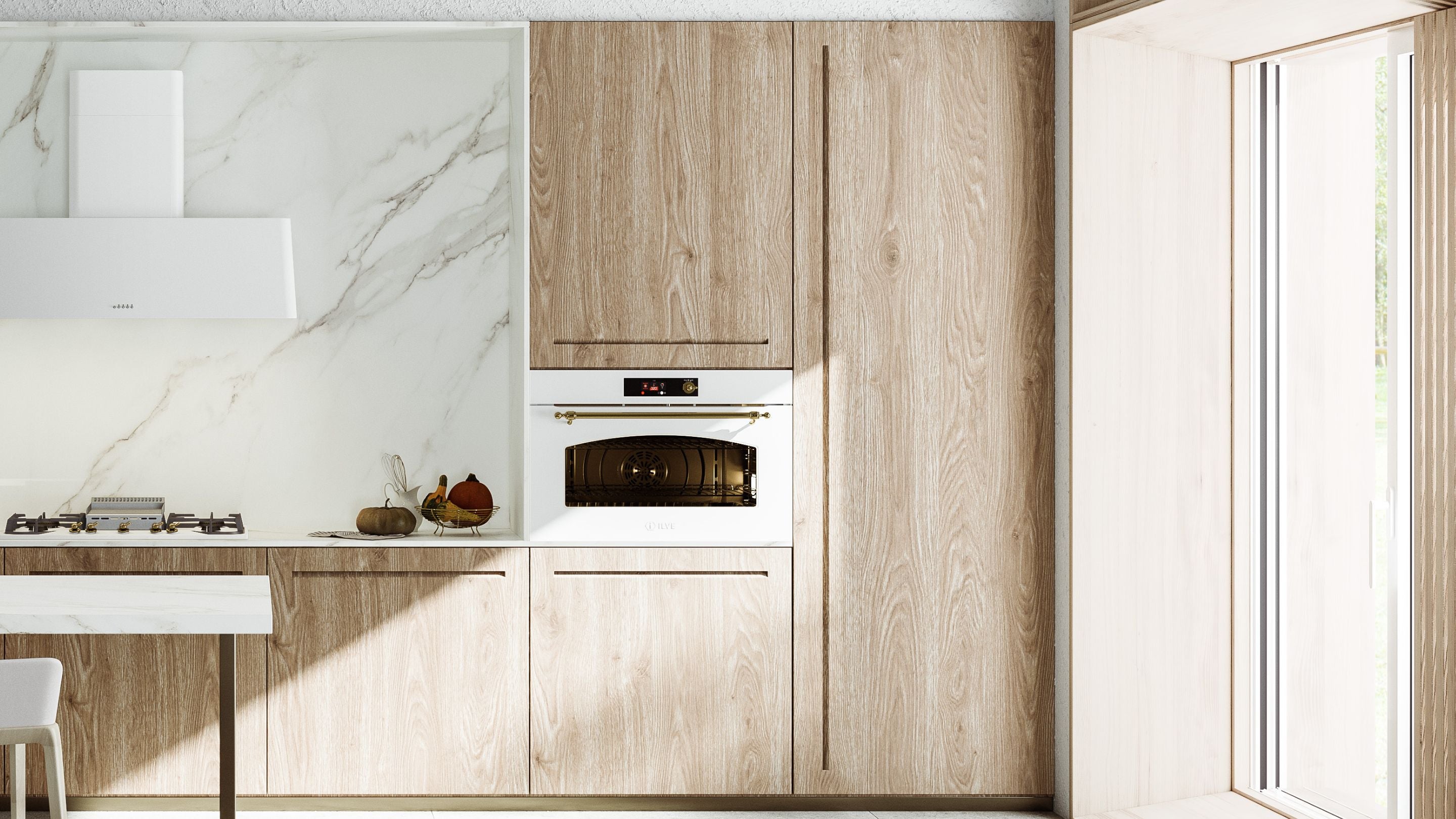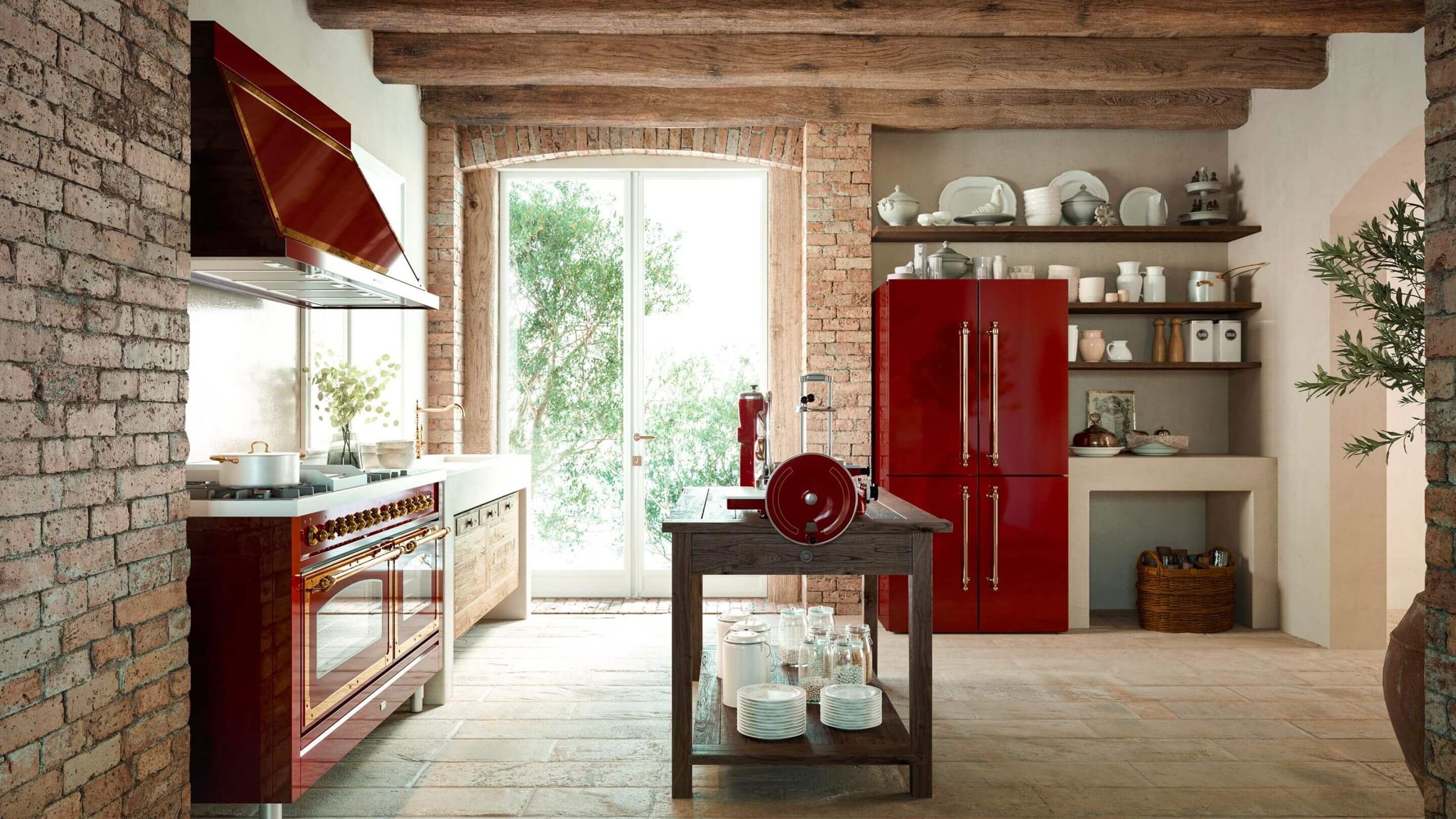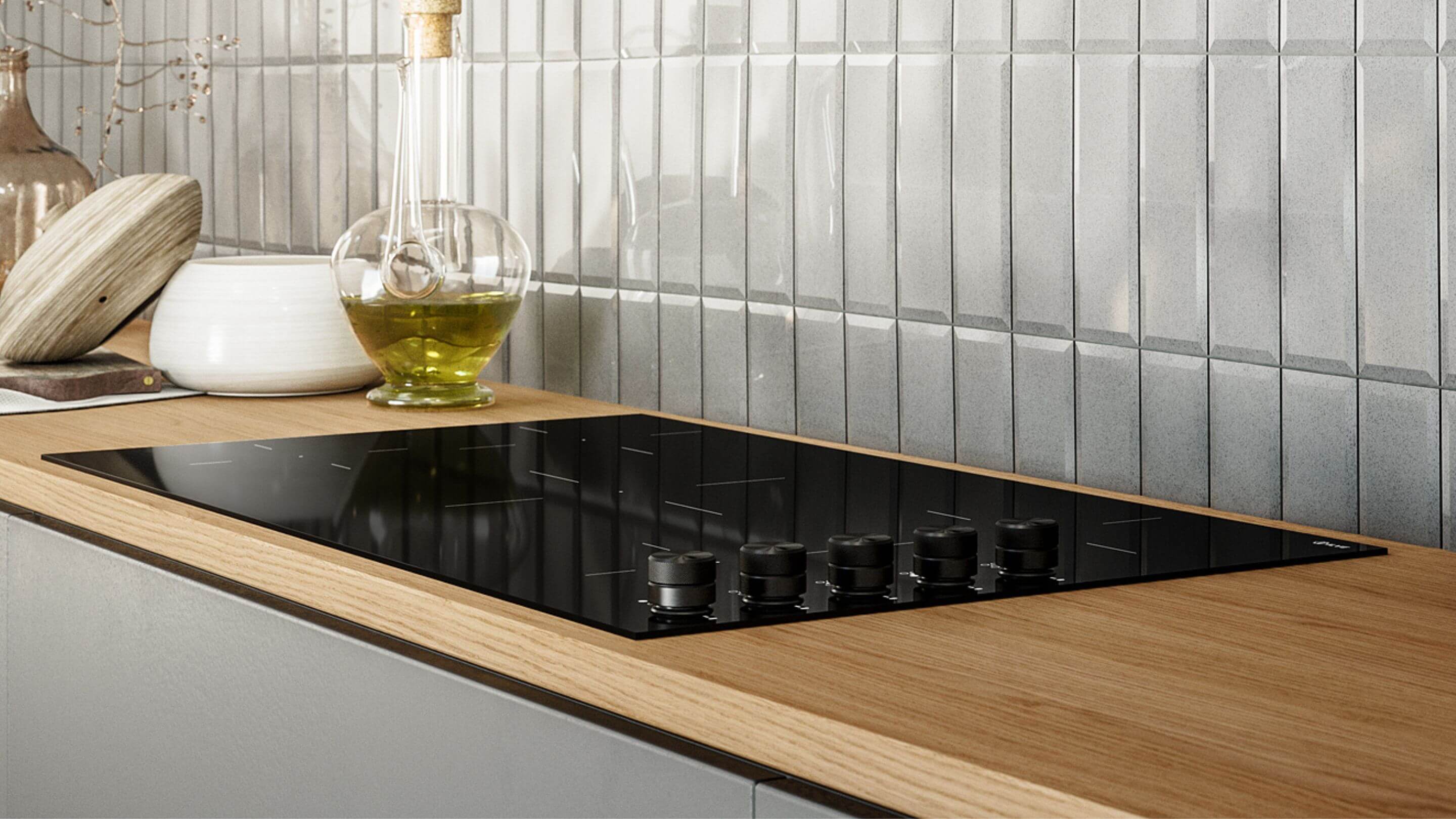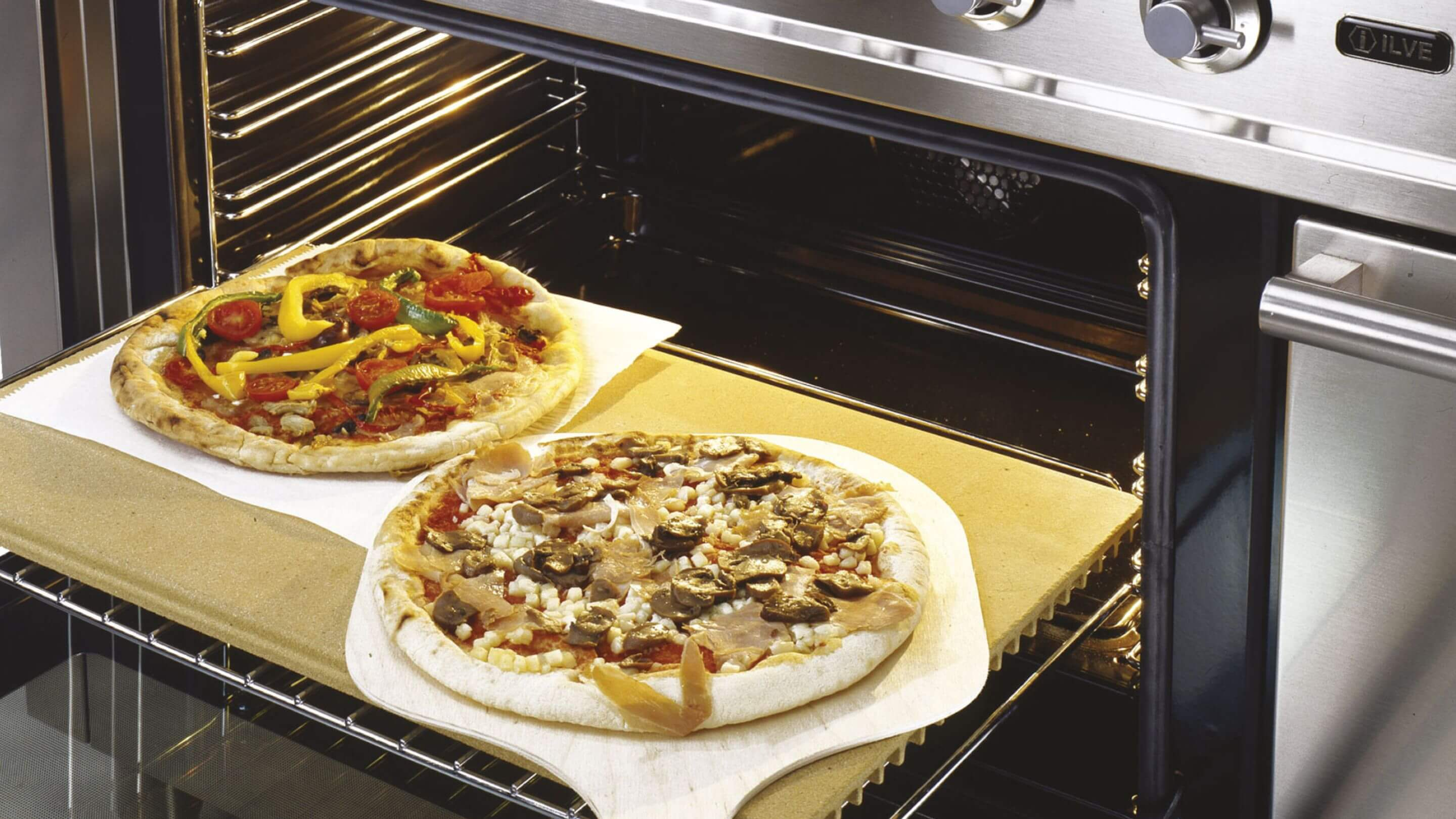Stone-cut flour: Tradition and taste
Stone-cut flour: A tradition worth preserving
The finest flours, a special place where time stands still: from the mill to the perfect polenta, with Ruth and Andrea.
A fire pit to warm up, eat and gather around. A pot hanging over the fire. Polenta turned out on a large wooden cutting board, topped with stewed meat or cheese that melts into delicious threads.
The image of a tradition linked to periods of poverty, but also moments spent together, in the name of togetherness.
Like pizza and pasta, polenta, made with cornmeal, should be considered a typical Italian dish: very popular and respected, it was a blessing during famine or war.
Easy to prepare, very few ingredients (cornmeal, water and salt), and great versatility, for a tasty recipe that is perfect for everyday meals, either as a side dish or as a main course.
As Andrea suggests in his cooking classes, polenta can be used to prepare appetizers with fish or meat, first courses, accompaniments to main courses or even to fill ravioli. Also for desserts, cornmeal is a fine ingredient: bussolà, zaeti, fregolotta and pinza are all typical local desserts, all made with “polenta flour”.



The magic of Molinetto della Croda: history, nature and community

The history of the Molinetto della Croda in Refrontolo, in the province of Treviso, is linked to this tradition: built in 1630, it was used until 1953 to grind corn into polenta. After a period of standstill, the town decided to renovate it in the mid-1990s and bring it back to the service of the community.
As the only driving force was water, many mills were built along the rivers (about forty in the area), where the population used to grind flour: the Molinetto ('little mill') was built near a waterfall, on the mountainside.
This has always been a place where people who brought corn met with those who milled it, had the opportunity to chat, debate, and even enjoy a glass of wine together.
To this day, thanks to the volunteers of the Molinetto della Croda Association, the mill and the sale are opportunities for exchange, not only in the materialistic sense: there are plenty of legends, tips and stories that make the transaction a special and enriching experience.
For Ruth and Andrea, this mill is a magical and breathtaking place that they often love to visit, also in the company of their guests: the power of the water, the spirit of community, the timeless atmosphere make it truly unique.
Quality, love and taste

Introduced after the discovery of America, but previously cultivated for thousands of years in Central America, corn was for a very long time the staple of many Italian families, especially in the countryside.
Molinetto della Croda has chosen to produce two types of corn that are often considered the best for polenta, but also the most difficult to grow: biancoperla and marano.
Long, thin, white cobs with light seeds, a very tall and fragile plant that must be harvested before the cobs are fully ripe and become too heavy: Biancoperla corn is the type that produces what is also called white “Treviso” polenta.
Small cobs and limited yields (around 40 quintals per hectare) characterize Marano corn, which takes its name from Marano Vicentino, the town where it was first cultivated in 1890, thanks to an idea from a farmer: with his flour he produced the unmistakable yellow, soft and tasty polenta.
The low yield and difficult production proved no deterrent compared to the love for the product, tradition and quality, just as technology has never been able to compete with the unique character of the stone mill.
In stone mills, the grinding does not perfectly separate the different parts of the seed, the shell, the membranes, to obtain a pure and perfectly refined flour. Instead, the resulting product is richer in fiber, nutritious, fragrant and tasty.
Special ingredients, precious memories
Ruth and Andrea let their guests enjoy the daily experience of painting, which is certainly one of the most pleasant, also in terms of the senses: you caress the flour, you feel the consistency and smell the aroma, you hear the flow of the water and admire the power of nature.
Each sack is lovingly filled with white or yellow flour, which soon turns into a portion of polenta, warm and tasty, to be enjoyed during the many gatherings that make Molinetto della Croda, Ruth and Andrea's shared nest, a magical place.












